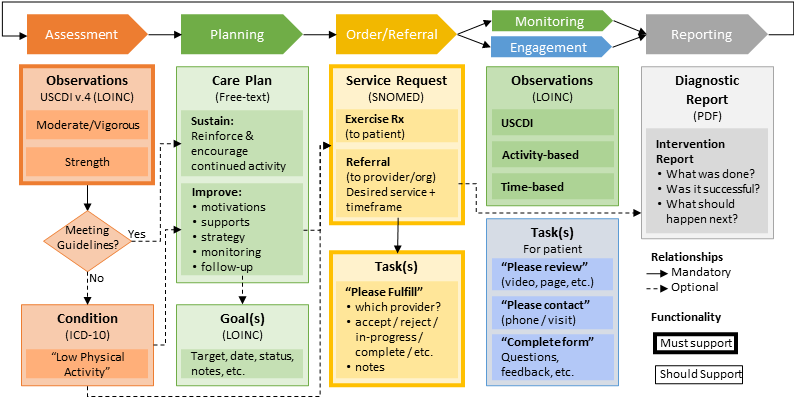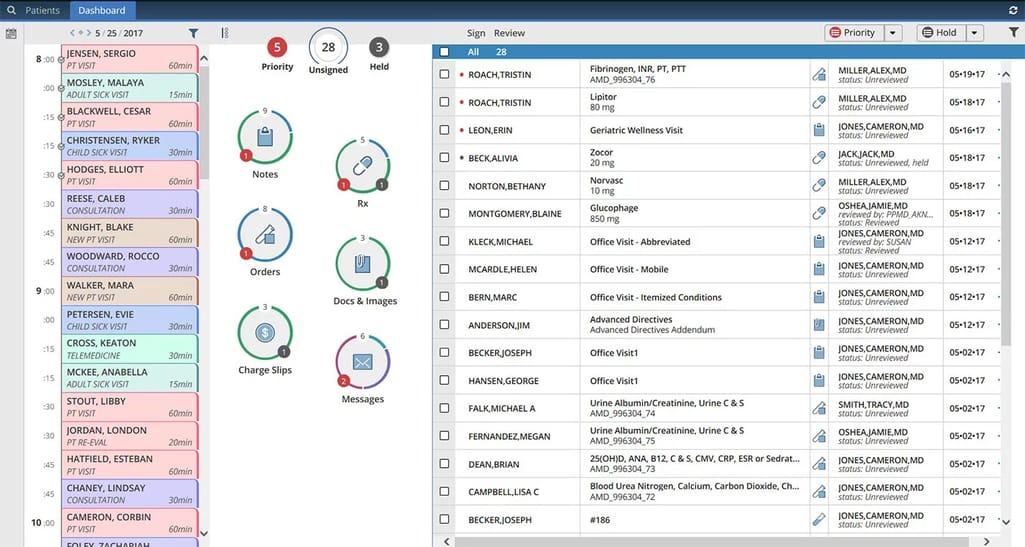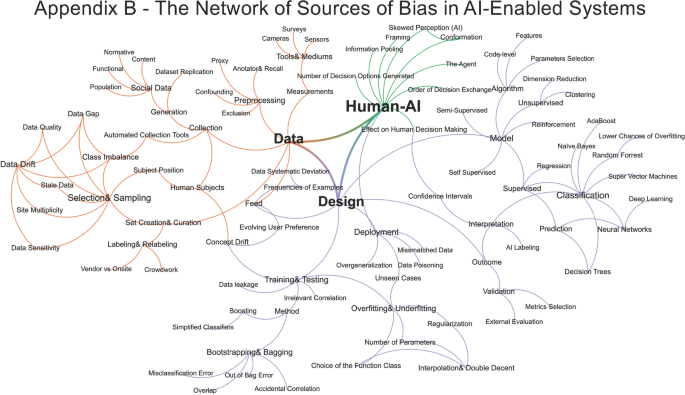Transforming Industries with Language Models
From Text Summarization to Interactive Question Answering
In today's data-driven world, language models have evolved from academic curiosities into powerful tools transforming how businesses operate. I've witnessed firsthand how these AI systems are revolutionizing information processing across industries, creating unprecedented opportunities for automation and insight generation.
Throughout this guide, I'll explore how language models are being practically applied to solve real-world challenges—from distilling massive documents into actionable summaries to creating sophisticated question-answering systems that enhance decision-making. We'll examine implementation strategies, case studies, and future trends that are reshaping how we interact with information.
Evolution of Language Models in Practical Applications
I've been fascinated watching language models transform from experimental research projects into indispensable business tools. The journey from simple text generation to sophisticated reasoning systems represents one of the most significant technological leaps in recent years.
From Theory to Practice
Early language models struggled with basic comprehension and generation tasks. Today's models can write code, summarize complex medical research, and engage in nuanced conversations that were unimaginable just a few years ago. This evolution has been driven by architectural innovations, massive training datasets, and increasingly sophisticated training techniques.
Key Model Architectures
Understanding the different model architectures helps in selecting the right approach for specific applications. Each architecture brings unique strengths to different use cases.
flowchart TD
A[Language Model Architectures] --> B[BERT]
A --> C[GPT Series]
A --> D[LLaMA]
B --> B1[Bidirectional]
B --> B2[Excels at Understanding]
B --> B3[Classification & Extraction]
C --> C1[Unidirectional]
C --> C2[Excels at Generation]
C --> C3[Content Creation & Completion]
D --> D1[Open Source]
D --> D2[Efficient Fine-tuning]
D --> D3[Question Answering & Summarization]
When working with language diffusion models, I've found that understanding the architectural differences becomes even more important. These models introduce an iterative refinement process that can significantly improve output quality for specific tasks.
With PageOn.ai's visual approach, I can transform these complex architectural concepts into accessible diagrams that help my team understand the fundamental differences between model types. This visual clarity is essential when deciding which models to deploy for specific business applications.
Text Summarization: Distilling Information in the Age of Content Overload
In our information-saturated world, the ability to quickly distill key insights from lengthy documents has become invaluable. I've implemented summarization systems across multiple industries and seen firsthand how they transform information workflows.

Extractive vs. Abstractive Summarization
The two primary approaches to text summarization offer different advantages depending on your use case:
| Approach | Method | Advantages | Best For |
|---|---|---|---|
| Extractive | Identifies and extracts key sentences verbatim | Preserves original wording, faster processing, more factually reliable | Legal documents, scientific papers, factual reporting |
| Abstractive | Generates new text that captures key concepts | More concise, better flow, can integrate multiple concepts | News articles, content briefs, creative material |
Modern AI text summarization tools often combine both approaches, creating hybrid systems that balance factual accuracy with readability. These systems can be fine-tuned for specific domains to improve performance on specialized content.
Industry Applications
Text summarization is transforming workflows across multiple industries:
In healthcare, I've implemented systems that create AI document summaries of patient histories, allowing physicians to quickly review essential information before consultations. Similarly, legal teams use summarization to process case law and precedents, dramatically reducing research time.
Using PageOn.ai's AI Blocks, I can visualize these summarization processes for stakeholders, creating custom templates that show exactly how information flows from raw documents to concise summaries. This visual representation helps teams understand and trust the AI systems they're implementing.
Question Answering Systems: Beyond Simple Queries
Modern question answering systems represent one of the most transformative applications of language models. I've seen these systems evolve from simple FAQ handlers to sophisticated reasoning engines capable of synthesizing information from multiple sources.
flowchart TD
A[User Question] --> B[Query Understanding]
B --> C{Retrieval System}
C --> D[Document 1]
C --> E[Document 2]
C --> F[Document 3]
D --> G[Relevance Scoring]
E --> G
F --> G
G --> H[Context Assembly]
H --> I[Answer Generation LLM]
I --> J[Answer Refinement]
J --> K[Final Response]
classDef orange fill:#FF8000,stroke:#FF8000,color:white
classDef blue fill:#42A5F5,stroke:#42A5F5,color:white
class A,B,H,I,J,K orange
class C,D,E,F,G blue
Anatomy of Modern QA Systems
The most effective question answering systems combine retrieval mechanisms with generative capabilities. This approach, known as Retrieval-Augmented Generation (RAG), addresses the limitations of pure language models by grounding responses in verified information sources.
When implementing QA systems, I've found that diffusion models language generation techniques can significantly improve answer quality by iteratively refining responses. This progressive refinement helps eliminate hallucinations while maintaining natural language fluency.
Industry Applications
Question answering systems are transforming customer interactions and information access across industries:

- Healthcare: Medical QA systems that help physicians quickly access relevant research and treatment guidelines, improving decision-making at the point of care.
- Customer Support: Intelligent support systems that resolve customer queries without human intervention, handling increasingly complex issues.
- Education: Interactive learning assistants that provide personalized explanations and adapt to students' knowledge levels.
- Research: Systems that help researchers quickly find relevant information across vast literature databases.
One challenge I frequently encounter when implementing QA systems is managing user expectations around factual accuracy. While modern systems are impressive, they can still produce convincing-sounding but incorrect answers—a phenomenon known as hallucination.
Using PageOn.ai's structured content blocks, I can visualize complex QA workflows for my team, making it easier to understand how information flows through the system. This visual approach is particularly valuable when explaining technical concepts to non-technical stakeholders.
Cross-Industry Implementation Case Studies
Through my work implementing language model applications across various industries, I've observed patterns in how these technologies create value. The following case studies highlight real-world implementations and their impact.
Healthcare Applications

In healthcare, language models are transforming patient care through multiple applications:
- Clinical Documentation: Automated summarization of patient records, reducing physician documentation time by up to 60%.
- Literature Analysis: QA systems that help physicians quickly find relevant research for specific patient cases.
- Patient Communication: Systems that generate personalized patient education materials based on individual health conditions and literacy levels.
One hospital network I worked with implemented an AI discussion response generator for their patient portal, allowing doctors to review and approve AI-drafted responses to patient questions. This reduced response time from 38 hours to under 4 hours while maintaining high-quality communication.
Finance Industry Transformation
Financial institutions are leveraging language models to process vast amounts of unstructured data:
A global investment firm I consulted with implemented a summarization system that processes thousands of earnings call transcripts and financial reports. The system extracts key insights and sentiment indicators, providing analysts with a competitive advantage through faster information processing.
E-commerce Innovation
In e-commerce, language models are enhancing customer experiences and operational efficiency:
- Product Descriptions: Automated generation of engaging, SEO-optimized product descriptions from basic specifications.
- Review Analysis: Systems that summarize thousands of customer reviews into actionable insights for product development teams.
- Personalized Recommendations: Advanced recommendation engines that understand nuanced product attributes from unstructured text.
Using PageOn.ai's Deep Search functionality, I've been able to create visual presentations that integrate domain-specific knowledge with language model outputs. This helps teams understand how the technology applies specifically to their industry context.
Building Effective Language Model Applications
Through my experience implementing language model applications across different organizations, I've developed a framework for effective deployment that balances technical capabilities with practical business needs.
Technical Considerations
flowchart TD
A[Model Selection] --> B{Task Requirements}
B -->|Generation Focus| C[GPT-like Models]
B -->|Understanding Focus| D[BERT-like Models]
B -->|Efficiency Focus| E[Distilled Models]
C --> F[Deployment Options]
D --> F
E --> F
F -->|Cloud API| G[Low Maintenance\nHigher Cost]
F -->|Self-hosted| H[High Control\nTechnical Overhead]
F -->|Hybrid| I[Balanced Approach]
classDef orange fill:#FF8000,stroke:#FF8000,color:white
classDef blue fill:#42A5F5,stroke:#42A5F5,color:white
class A,B orange
class C,D,E,F blue
When selecting models, I consider three primary factors:
- Task Alignment: Different model architectures excel at different tasks. BERT-based models typically perform better for classification and extraction, while GPT-style models excel at generation tasks.
- Resource Constraints: Larger models offer better performance but require more computational resources and have higher latency. For many applications, smaller fine-tuned models provide a better balance.
- Data Privacy: Applications handling sensitive information may require self-hosted models, despite the additional technical overhead.
Ethical Considerations
Implementing language models responsibly requires addressing several ethical concerns:

- Bias Mitigation: Implementing regular bias audits and using diverse training data can help reduce harmful biases in model outputs.
- Transparency: Clearly communicating when content is AI-generated and the limitations of the system builds appropriate trust.
- Human Oversight: Establishing review processes for high-stakes applications ensures accountability.
- Privacy Protection: Designing systems that minimize data retention and protect user privacy.
I've found that creating visual documentation of these ethical considerations using PageOn.ai helps teams understand their importance and facilitates more thoughtful implementation decisions.
Integration Strategies
Successful language model applications don't exist in isolation—they must integrate seamlessly with existing systems and workflows:
- API-First Design: Creating flexible APIs that allow language model capabilities to be accessed from multiple systems.
- Workflow Analysis: Understanding existing processes to identify natural integration points that minimize disruption.
- Feedback Loops: Establishing mechanisms to capture user feedback and continuously improve model performance.
- Fallback Mechanisms: Designing graceful degradation paths when model confidence is low or errors occur.
Using PageOn.ai's visualization tools, I create integration diagrams that show exactly how language models fit into existing business processes. This visual approach helps stakeholders understand the practical implementation details and identify potential challenges early.
Future Directions and Emerging Applications
As language model technology continues to evolve, I'm particularly excited about several emerging trends that will shape the next generation of applications.
Multimodal Applications

The integration of language, vision, and structured data processing is creating entirely new application categories. These multimodal systems can:
- Generate text descriptions from images and create images from textual descriptions
- Analyze documents that combine text, tables, and visual elements
- Process video content by understanding both visual and audio components
- Create cohesive multimedia content from simple text prompts
I'm particularly interested in how these multimodal capabilities will transform fields like medical imaging, where systems can combine visual analysis with medical knowledge to provide more comprehensive diagnostic assistance.
Specialized Domain Models
While general-purpose language models are powerful, the future belongs to specialized models fine-tuned for specific domains:
These specialized models offer several advantages:
- Higher accuracy on domain-specific tasks
- Better understanding of specialized terminology
- More efficient resource utilization
- Improved compliance with domain-specific regulations and standards
Agentic Systems
Perhaps the most transformative trend is the evolution toward more autonomous agentic systems that can:
- Plan and execute multi-step tasks with minimal human guidance
- Interact with external tools and APIs to accomplish goals
- Adapt strategies based on feedback and changing conditions
- Collaborate with other AI agents and human users
Using PageOn.ai's Agentic features, I can visualize these complex systems and prototype next-generation applications. The ability to create visual representations of agent interactions and decision processes makes it easier to design effective autonomous systems.
Implementation Guide: From Concept to Deployment
Based on my experience implementing language model applications across various organizations, I've developed a structured approach that helps ensure successful outcomes.
flowchart TD
A[Identify Business Need] --> B[Define Success Metrics]
B --> C[Select Appropriate Model]
C --> D[Prototype & Test]
D --> E[Build Integration Points]
E --> F[Deploy & Monitor]
F --> G[Gather Feedback]
G --> H[Iterate & Improve]
H --> F
classDef orange fill:#FF8000,stroke:#FF8000,color:white
classDef green fill:#66BB6A,stroke:#66BB6A,color:white
class A,B,C,D orange
class E,F,G,H green
Identifying Suitable Applications
Not all business problems are well-suited for language model solutions. I look for opportunities with these characteristics:
- Text-Heavy Processes: Workflows involving substantial document processing, content creation, or communication.
- Repetitive Cognitive Tasks: Activities where humans currently apply similar reasoning patterns repeatedly.
- Scaling Challenges: Areas where human expertise is valuable but difficult to scale.
- Clear Success Metrics: Applications where performance can be objectively measured.
Resource Planning
Successful implementation requires appropriate resource allocation:
| Resource Category | Considerations | Common Pitfalls |
|---|---|---|
| Technical Infrastructure | Cloud vs. on-premise, scaling requirements, integration points | Underestimating inference latency requirements, inadequate monitoring |
| Team Expertise | NLP specialists, domain experts, UI/UX designers | Relying solely on technical expertise without domain knowledge |
| Data Resources | Training data, evaluation sets, domain-specific corpora | Insufficient data quality checks, inadequate data diversity |
| Timeline | Development phases, testing periods, gradual rollout | Unrealistic expectations for immediate perfection |
Building Effective Prompts
For summarization and QA applications, prompt engineering is often the difference between mediocre and exceptional results:

Effective prompts typically include:
- Clear Instructions: Explicit guidance on the desired output format and style.
- Context Provision: Relevant background information to inform the response.
- Examples: Demonstrations of ideal inputs and outputs (few-shot learning).
- Constraints: Specific limitations or requirements for the response.
Using PageOn.ai's visual tools, I create training materials that help non-technical stakeholders understand the importance of prompt design and how it impacts system performance.
Measuring Success
Establishing clear evaluation frameworks is essential for ongoing improvement:
- Technical Metrics: ROUGE scores for summarization, accuracy/F1 for QA, latency, and throughput measurements.
- Business Metrics: Time saved, error reduction, customer satisfaction improvements, ROI calculations.
- User Feedback: Structured feedback collection, usage patterns, and adoption rates.
- Continuous Evaluation: Regular benchmarking against evolving requirements and new model capabilities.
By combining technical excellence with business alignment, organizations can successfully implement language model applications that deliver meaningful value. The key is maintaining a pragmatic approach focused on solving real business problems rather than implementing technology for its own sake.
Transform Your Visual Expressions with PageOn.ai
Ready to turn complex language model concepts into clear, compelling visualizations? PageOn.ai gives you the tools to create professional diagrams, flowcharts, and visual explanations that make advanced AI concepts accessible to everyone.
Start Creating with PageOn.ai TodayConclusion
Language models have evolved from academic curiosities into practical tools that are transforming how organizations process information. From summarizing vast document collections to answering complex questions, these systems are creating new possibilities across industries.
As I've demonstrated throughout this guide, successful implementation requires more than technical knowledge—it demands a thoughtful approach that considers business needs, ethical implications, and integration requirements.
With tools like PageOn.ai, organizations can visualize these complex systems and create clear documentation that helps all stakeholders understand how language models fit into their specific context. This visual approach is essential for building the shared understanding needed to successfully deploy these powerful technologies.
You Might Also Like
How AI Amplifies Marketing Team Capabilities While Preserving Human Jobs | Strategic Marketing Enhancement
Discover how AI transforms marketing teams into powerhouses without reducing workforce size. Learn proven strategies for capability multiplication and strategic enhancement.
Google's 9-Hour Prompt Engineering Path to AI Mastery | Complete Visual Guide
Master AI communication through Google's comprehensive 9-hour prompt engineering framework. Learn visual strategies for effective AI interaction and professional success.
Transforming Marketing Teams: From AI Hesitation to Strategic Implementation Success
Discover proven strategies to overcome the four critical barriers blocking marketing AI adoption. Transform your team from hesitant observers to strategic AI implementers with actionable roadmaps and success metrics.
How 85% of Marketers Transform Content Strategy with AI Visual Tools | PageOn.ai
Discover how 85% of marketers are revolutionizing content strategy with AI tools, saving 3 hours per piece while improving quality and output by 82%.
